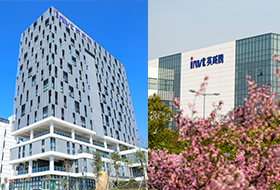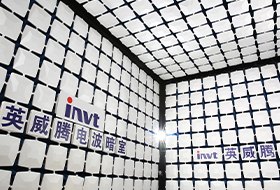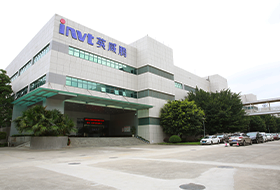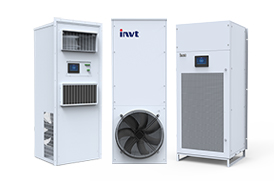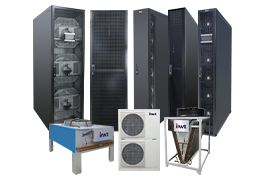What trends are driving data center transformation?
Over the past two years, we have witnessed unprecedented technological changes in how we work, play, and communicate. As expected for 2021, the wave of cloud migrations that began in 2020 continues to transform enterprises and data centers, with 5G deployment accelerating, IoT driving a trend toward almost everything becoming more brilliant, and artificial intelligence evolving from experimental to experimental become essential, many people are still working remotely from home.
These trends are proving vital in how businesses, communities, and families adapt to change, and they will continue unabated in 2022. Additionally, accelerated adoption of single-mode fiber to process more data faster and automated infrastructure management (AIM) to improve system interoperability will significantly impact data centers.
Here's how these trends are expected to evolve
1. Cloud migration
Scalability and cost continue to drive enterprises to migrate operations to cloud platforms. At the end of 2021, HPE reported a year-on-year increase of 46% in orders for its GreenLake cloud platform, and AWS also reported a year-on-year increase of approximately 40%. Users rent infrastructure and scale in days instead of waiting years to build. The use of both public and private cloud infrastructure will grow. Large enterprises will use a hybrid cloud, while smaller companies will use the public cloud alone.
2.5G
To meet enterprise and consumer demand, service providers and private companies will continue to evaluate the most efficient and cost-effective ways to build 5G capabilities and deliver more data faster. As this data becomes increasingly latency-sensitive, the migration from large core, small edge data center architectures to smaller waist, larger edge architectures is expected to accelerate.
3. Internet of Things
According to estimates from Statista, the number of IoT devices worldwide will exceed 25.4 billion by 2030, three times the number of 8.74 billion devices in 2020. However, this is only the beginning, as companies begin to understand how to optimize operations, such as shipping and logistics, by collecting and analyzing sensor data. Once again, the impact on data centers will be huge, as all data needs to be stored and processed somewhere, which is increasingly being moved to cloud platforms.
4. Artificial Intelligence/Augmented Reality
Over the past few years, most businesses have still been developing their AI strategies. In 2022, artificial intelligence will be critical to making sense of all the data businesses collect—extensive data analysis cannot be done manually. Artificial intelligence is crucial to process optimization and business competitiveness, from facial recognition and contact tracing to supply chain and logistics analytics.
5. Remote work
For many employees and businesses, remote working will become a standard way of doing business. It provides employees with a better work-life balance, reduces operating costs, and increases productivity for corporate employers. Of course, this trend will significantly impact the need for high-speed internet access at home to support video conferencing, not only for work but also for remote learning and entertainment.
6. Single-mode optical fiber
Due to the above trends, accelerated adoption of single-mode fiber with 400Gbps or 800Gbps networks is happening faster than expected. While multimode fiber remains popular, the industry is deploying more single-mode fiber, especially in cloud platforms and hyperscale data centers.
7. Automated Infrastructure Management (AIM) system
As network activity moves to the edge, automated infrastructure management (AIM) systems will also enable remote monitoring and management of lights-out edge data centers, including using AR glasses or digital twins to manage and optimize the physical environment. Expect AIM to become more accessible through cloud-based solutions and subscription-based service models in the coming year.

 networkpowersales@invt.com.cn
networkpowersales@invt.com.cn
